Existing User Log In
New User Registration
Register for a free account to gain full access to the VGChartz Network and join our thriving community.



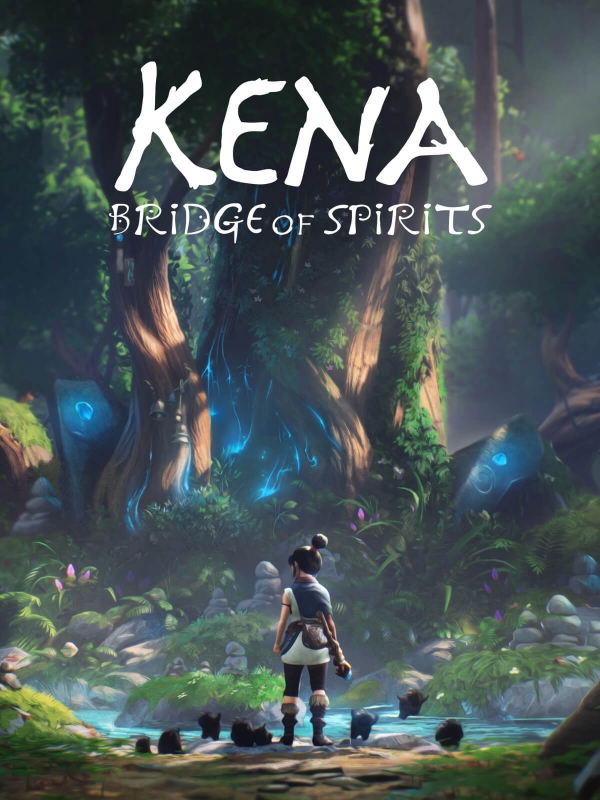

America - Front
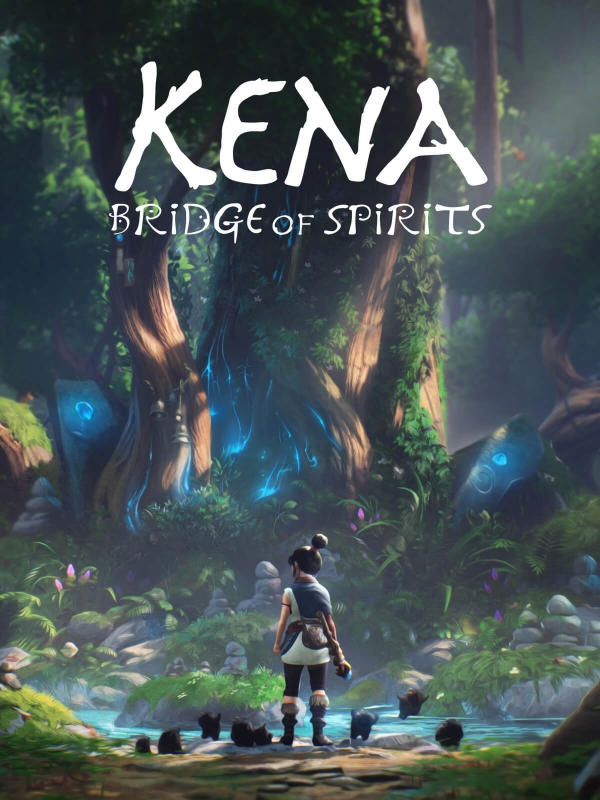

America - Back

Ember Lab
Action-Adventure
| Owners: | 1 | |
| Favorite: | 0 | |
| Tracked: | 0 | |
| Wishlist: | 0 | |
| Now Playing: | 0 | |
Note: The majority of my experience comes from Version 1.10.
Since its inception producing animated shorts and branded phone apps for big companies, game development has only been on the periphery for developer/publisher Ember Lab. When considering the modest size (~15 staff) and its freshman status as a team, jumping up to a middle-market game is no small endeavor. When these factors are weighed in with a couple of delays, it's not unreasonable to wonder if Kena: Bridge of Spirits was biting off more than it could chew; instead, it's among 2021's best developer success stories.
Stepping into the role of a spirit guide, Kena (pronounced Kay-nuh) is tasked with assisting forlorn spirits in finding peace and moving on. While in search of the Sacred Mountain Shrine, she happens upon a masked spirit who's responsible for the corruption coursing through the land. The jagged pain in his voice already reveals a terrible regret he won't quietly relinquish. After this violent encounter and discovering some small furry companions, called "the Rot," she must extricate these trapped spirits in order to reach the shrine and berid the land of corruption.
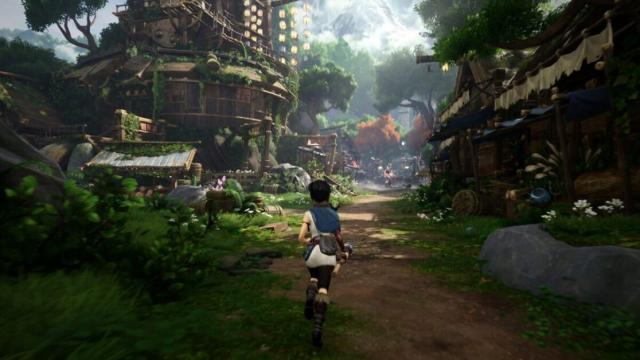
The theme of recognizing past sins and forgiving oneself has always been a potent one. How Kena successfully mines it comes from both its structure and presentation.
The bigger mystery about the abandoned village set below The Sacred Mountain is parsed out by three forlorn spirits. The local sage, Zajuro, gives you a mask to both unlock part of the world map and view snippets of its memory before it dies. Brief windows into the ghost's mental state tempt you to learn a bit more while securing three relics (noticing a trend?) in order to free them. It's a well-worn structure, but the measurement of exposition is managed incredibly well.
In keeping with Pixar's best, virtually all of these character stories have bittersweet endings, buoyed by a lighthearted tone. A secondary character, or characters, will temporarily join you when saving each masked spirit, providing fragmented context about said troubled soul and the wider world. Each character archetype is clear and their dialogue is succinctly written. You'll probably foresee where this tale takes you, but the warm atmosphere around its message and characters sucks you in.
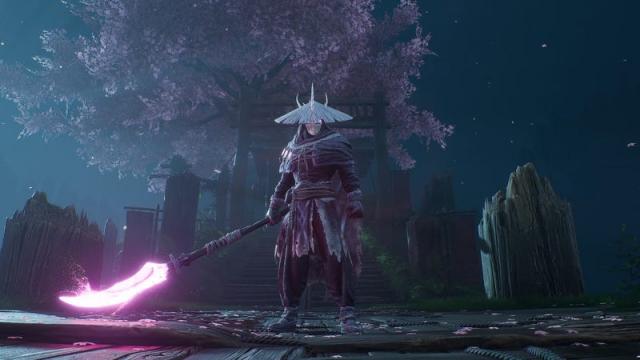
This also translates over to Ember Lab's presentational talents. It doesn't take much digging into the company's portfolio, like the digital short Majora's Mask - Terrible Fate, to tell its animation prowess would successfully transplant over to hours’ worth of cutscenes. Whether it's the way Kena prims her lips or a troubled leader shows his outrage, each character's attitude is clearly expressed. The camera framing for each shot and where to cut can even elevate simple scenes.
Conversely, voice acting doesn't reach the same level. Child actors/voice actors are often a hit-or-miss quality, but even Dewa Ayu Dewi Larassanti (as Kena) sounded stilted on occasion. I took more of a liking to Masashi Odate (as Toshi) and Gita Miller (as Hana) overall. Even if everyone doesn't always hit their marks, there's still a genuine sincerity behind the cast. And that earnestness can be equally felt in Theophany's pleasant soundtrack.
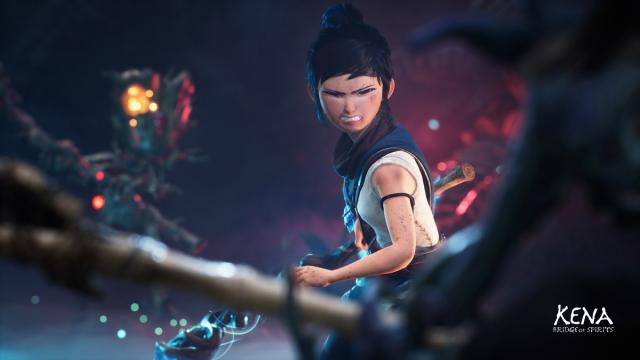
Kena's mechanics play to its aesthetic strengths by both complimenting and subverting expectations in strategic ways. It hits many of the usual notes of a 3D action-adventure/platformer hybrid: over-the-shoulder action template with a melee emphasis, bow-n-arrow ranged option, a hub-based over world, a slim upgrade tree, and Metroidvania elements. A recurring theme about its gameplay is that it's not rethinking any aspect, but successfully executing on its intentions.
Following in the footsteps of several cinematic-focused action games, the combat follows a simple light/heavy/ranged structure, most of which is strictly handled by Kena's staff. Her bow is a neat design: the string and arrow are arcane magic while the staff flexes. Even though they're more focused on exploration, magic bombs eventually become a part of her repertoire as well. These, along with defensive options like roll, magic shield, and a well-timed shield parry, mean the ebb 'n flow of combat will be familiar to any genre veteran.
The nice wrinkle within combat comes back to the Rot. This gradually-growing cadre of fuzz balls aren't just to look cute; they're essentially a damage multiplier for your basic attacks. In order to avoid spamming these slow-mo wallops, you must build up your Rot Meter (signified by a gold "Rot Token" in the UI). Unless you're playing on Story Mode, filling said meter requires successful hits; moreover, each type of attack accumulates a disparate amount. Kiting with your bow won't lead to an easy fix. On top of these dynamics, all one-use heal flowers within the combat arenas require one Rot Token.
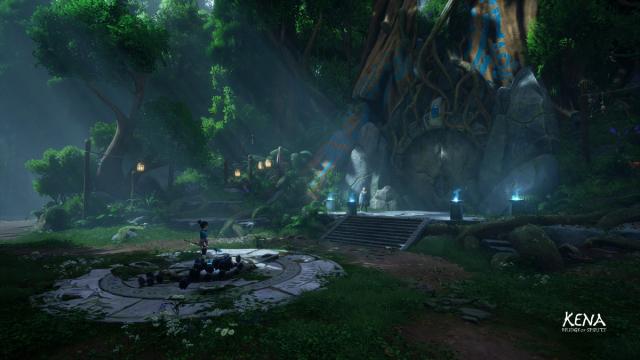
These combat extras seem like they go a bit further than the innocent art style would imply. That's because Kena can be surprisingly challenging. While completing the game on Expert Spirit Guide (second-highest difficulty), I was slapped around by several bosses and several tough gauntlets. Even as a non-smoker, I honestly considered grabbing some cigs when I was continually hitting a wall. The amount of times I beat an arena with a sliver of health was downright impressive. Sometimes a boss with support minions is overboard, but most are entertaining. Tough or not, I savored those victories.
Although it's still a respectable first effort for Ember Labs, the action isn't without error. A recurring feature with some third-person action titles is auto-sliding: you swing for a target and an invisible grappling hook closes the gap for a registered hit. It can assist newer players, and other titles offset this with extra design goals, but it harms Kena in the long run. The design impedes positioning and player expression because you're never 100% confident where you'll end up in relation to your target or if you're even wailing on the intended target. Since enemies can also auto-slide, you're not always sure if there's enough separation either; this is doubly annoying in some boss fights.
Exploration may be Kena's most successful aspect. Even at the start, when your shield pulse emanates throughout the cave, Ember Labs was considering how to make a desolate land seem so vibrant. On a visual level, I felt obligated to walk across every square foot. From the pleasant rivulets around the central village to the pleasant countryside, its scenic vistas never disappoint; plus, I love how the connectedness of the hub-based world design taps into the original Jak & Daxter. You’ve done something right when I’m tempted to stroll from the east end of the map to the west end.
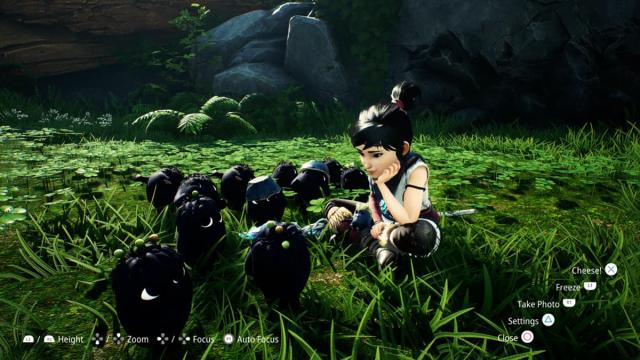
Beyond the eye candy tempting you, there are obvious rewards to uncover as well. Scouring through empty houses or dead-ends will result in a lootable chest, an item for a secondary puzzle, a meditation spot to permanently buff Kena's health, or another Rot to join your clan. The Rot can assist here too, whether by carrying heavy items or subtly suggesting a nearby secret. Despite the plethora of chests to find, it's a shame how most rewards focus on Rot headwear. Don't get me wrong: I like dressing each one up with a baseball cap, samurai helmet, or whatever else I find. Hats are a fun distraction. It's just a shame the rewards are heavily biased towards upgrade & cosmetic currency without any detailed lore items, like villagers' letters.
Rounding out the gameplay, the puzzle-platforming is often rudimentary but enjoyable. It's funny how much you can stretch an easy puzzle's runtime by simply not hand-holding the player or by having Kena talk to herself. Sure, time-sensitive platforms from bombs are highlighted, but the game's patient enough to let you take a few extra seconds without some kind of hint. Platforming has its rare highlights, oftentimes by treating your bow like a hook shot, but it's typically more of a speedbump. Considering there's no difficulty, it would've been nice if she moved faster on ledges. One key disappointment here is the paucity of wonderful, dopamine-inducing moments compared to the tough combat scenarios. The game pushes the player so often to their combative limits but not their platforming ones.
All in all, I still come away impressed with this being Ember Lab's first game. Even little things like valid methods of cheesing bosses showcase the understated flexibility of the combat systems. There are various quality-of-life quibbles, design complaints, and so on; and yet, a run on Master Spirit Guide (highest difficulty) has been on my mind since the credits rolled.
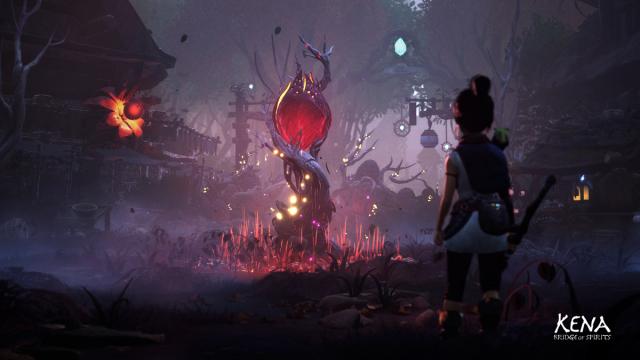
I’ve touched on Kena’s Pixar-meets-eastern-influences fusion, but I should emphasize part of my appreciation stems from its polish. Sticking with performance mode, I can’t recall any framerate dips and the lowered resolution still looks incredibly crisp. It’s not free of annoying bugs, especially when different elevations are involved, but they feel irrelevant in the grand scheme. Audio design plays by-the-book for most situations, though the repeating audio cues for The Rot can get slightly annoying. It’s at its best when it comes to aural feedback within combat; the sheer brutality of so many bosses’ hits perfectly compliments its gameplay.
Unless you're a huge stickler for dollar-per-hour measurements, the value proposition is quite easy. A modest, middle-market game at $40 for roughly 6 hours of time if focusing on the main campaign. If you're like me, playing on Expert and seeking out most collectibles, then you can easily make it into double digits. Aside from Master difficulty (sequestered off) or Trophies, replay value isn’t a strong point. The key takeaway ought to rest on it being a complete odyssey with just enough ancillary distractions for good measure.
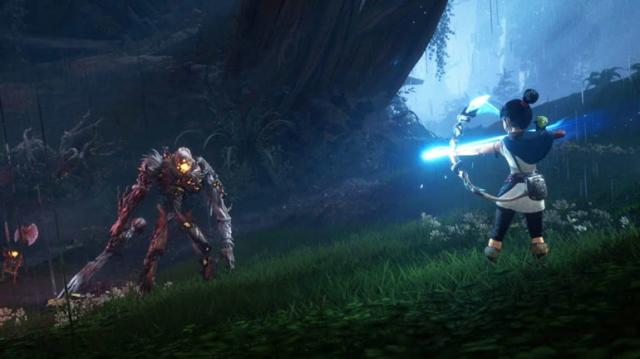
I’ll admit to a trifecta of positive biases when reviewing: a new developer, new IP, and fitting the middle-market mold. I think these are all great qualities to see flourish in the industry. But over-emphasizing this background info shouldn’t diminish Ember Lab’s actual work either. This team mastered a quality that even veterans have an issue with: succinctness. It’s not making adventurous strides in the genre, and a few issues still get to me, but that invisible-yet-tangible quality makes it more than the sum of its parts. That’s what puts this developer and Kena: Bridge of Spirits among 2021’s best success stories.
Despite being one of newest writers on VGChartz, Lee has been a part of the community for over a decade. His gaming history spans several console generations: N64 & NES at home while enjoying some Playstation, SEGA, and PC titles elsewhere. Being an Independent Contractor by trade (electric, plumbing, etc.) affords him more gaming luxuries today though. Reader warning: each click given to his articles only helps to inflate his Texas-sized ego. Proceed with caution.









